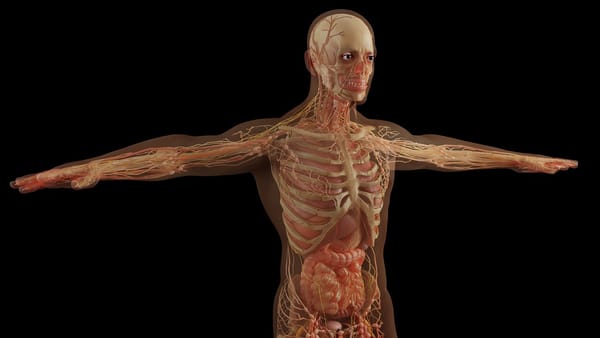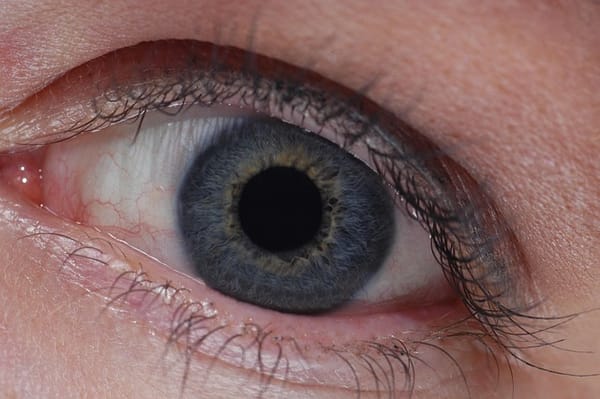Sympathy and the Modern Likes
The animal mirrors soul life—instinctive, vivid, feeling—but its “I” is not individualized

The animal mirrors soul life—instinctive, vivid, feeling—but its “I” is not individualized


The modern shift toward recognizing life and interiority in nature did not come from nowhere. It arose as a counterbalance to centuries of objectification — when the mineral was seen as dead matter, the plant as a mechanism, and the animal as mere utility.
This awakening of feeling was necessary. It is, in a sense, Lucifer’s offering to humanity — the expansion of sensitivity and empathy, the ability to perceive soul qualities in nature again. Without that expansion, the human being would have become a pure intellect, alien to creation. So indeed, to feel that the plant is not just chemistry, that the animal has an inner world, that even the mineral is held by cosmic will — this is a spiritual reawakening.
But every revelation bears its shadow. When feeling is not balanced by discernment, the gaze that awakens to the soul of the world can lose its orientation. It begins to project rather than perceive.
Then the plant’s sensitivity becomes “emotion,” the animal’s instinct becomes “reason,” and the human’s thinking becomes “just another instinct.”
That is the Luciferic light turned upside down: the vertical order collapses into a flat field of equivalences. This is precisely where the Ahrimanic element steps in — leveling, mechanizing, and instrumentalizing what feeling had first liberated.
The key is not to suppress sympathy, but to lift it into reverence. Reverence acknowledges both kinship and distinction.
One could say:
To honor the being of stone, plant, and animal, one must perceive their participation in a larger spiritual order—an order the human being is meant to consciously uplift and redeem.
Reverence becomes the act of restoring each being to its rightful place, without sentimentality or subjugation.
This transformation—from emotional projection to sacramental perception—is what Steiner called spiritualized cognition. When we meet the stone, plant, or animal in this way, they become thresholds: mirrors through which the divine world looks back. We neither dominate nor dissolve into them; we meet them as fellow-beings on their own level, in right relation.
That is how the inversion is healed:








